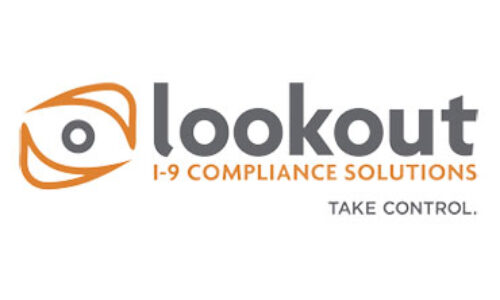
Resolving a U.S. Department of Homeland Security E-Verify Tentative Nonconfirmations (TNC) may now be a little more convenient as E-Verify announced their roll out of myUploads, a new feature that allows individuals to electronically upload images of required employment verification documents. The timing for myUploads is particularly a relief, given the October 2020 announcement by United States Citizenship and Immigration Services (USCIS) that they would be more diligent in enforcing their 10-day rule for employers to take appropriate action upon receipt of an E-Verify Tentative Nonconfirmation (TNC) notice.
How E-Verify Rolling out myUploads May Help
For many employees and employers the deadline of ten federal government working days can be incredibly stressful. However, E-Verify’s rollout of myUploads may help alleviate some of that stress.
This free, new feature allows individuals to electronically upload pictures of their documentation using a smart device or personal computer in an effort to quickly resolve E-Verify or Self Check DHS Tentative Nonconfirmations.
The convenience does not change the first part of the TNC process in which an employer must notify the employee of their receipt of a TNC. It is recommended that this be done discreetly, and that the employer provide the individual with a Further Action Notice (FAN) which can be instrumental in explaining the entire TNC process and provides E-Verify’s myUploads instructions.
If you have questions or concerns regarding the E-Verify program, TNCs, or the new myUploads feature, it is critical to an employer’s compliance status to review the details on E-Verify or to reach out to E-Verify directly for clarification as soon as possible.
What Is E-Verify?
Although this federal program is not currently required for every business in the nation, many employers choose to utilize this free web-based program to assist them with confirming the eligibility of employees to work in the United States.
Upon hiring, employers are required to have a Form I-9 completed for each employee. The purpose of this form as defined by the 1986 Immigration Reform and Control Act is to gather personal information and documentation from employees to help confirm their identity and eligibility to work in the U.S.
As an added layer of work authorization security, the E-Verify program is often used. Employers can open a case for an employee with information from their Form I-9. Then federal agencies such as the Social Security Administration and the Department of Homeland Security will compare that data with data of their own to further validate an employee’s work eligibility.
Currently E-Verify is available to employers and employees in all fifty U.S. states, as well as several other U.S. jurisdictions such as The District of Columbia, Puerto Rico, and the U.S. Virgin Islands to name just a few. Participation in the program is largely voluntary, unless:
- An employer’s state legislation requires E-Verify to be used
- An employer must use E-Verify due to an official legal ruling
- An employer has federal contracts or subcontracts containing the Federal Acquisition Regulation (FAR) E-Verify clause
Companies with questions about whether their business is required to use E-Verify should visit the program’s website for more information.
Tentative Nonconfirmation Basics
In E-Verify terms, a Tentative Nonconfirmation or TNC is a sign that the data put into the E-Verify system does not match information on file with the government agencies of Department of Homeland Security or the Social Security Administration.
While receiving a TNC can be unsettling, there can be a number of reasons for this notice, some of which are rather benign but still require action. Among the most common situations resulting in a Tentative Nonconfirmation are:
- Employee’s name that has not been reported to government agencies such as SSA
- Information that contains transposed numbers
- Incorrect information about an employee such as a wrong birth date
- Immigration status that has not been updated
- Citizenship status that has not been updated
- Unverifiable identity or passport data
- Photos that do not match
If an employer receives a TNC regarding an employee’s E-Verify case, they are required to alert the employee of the issue via a printed copy of the Further Action Notice and task them with resolving it by visiting the DHS or SSA within a specified timeframe. There are two common scenarios:
- The employee takes action with the SSA or DHS (whichever is applicable) to resolve the TNC
- The employee takes no action at all within the ten-day window set forth by USCIS
If an employee does not take action in the ten-day timeframe, an employer can label the case as Final Nonconfirmation (FNC), mark the case “Closed” in E-Verify and then terminate the employee.


Leave a Reply